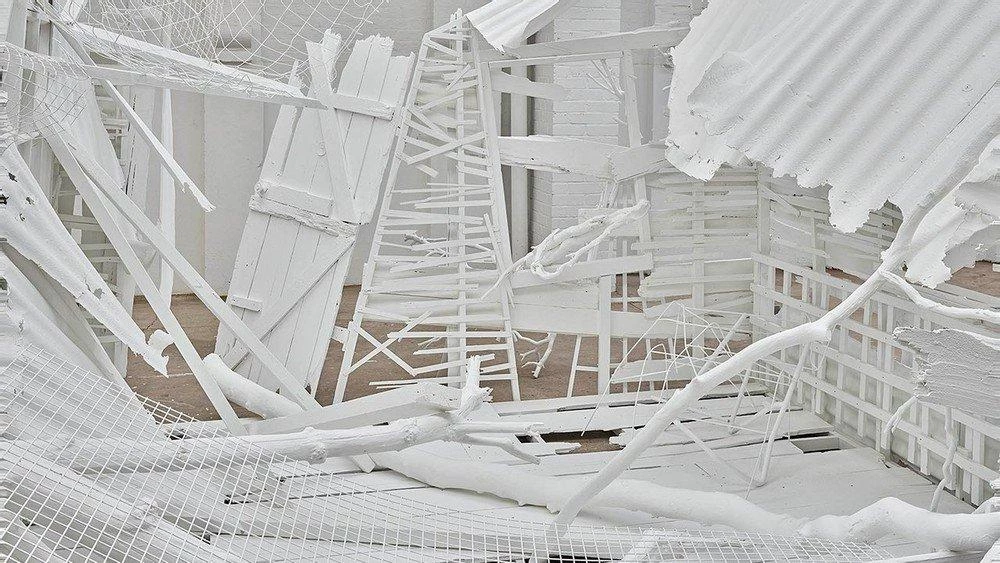
People, and buildings, have come and gone in Mile End since it was first recorded as a settlement in 1288. Some of the Victorian terraces that survived the bombing raids on east London during the second world war were slated for demolition half a century later. A resident in Grove Road held out, and eventually his was among the only houses standing. When at last he left, a 30-year-old British sculptor called Rachel Whiteread obtained a temporary lease on the property and set to work.
She erected a steel skeleton inside and sprayed liquid concrete onto the walls and up three flights of stairs. Removing the exterior shell left a mould of the home’s interior. The ghostly effect was offset by the living sense of switches flicked, fireplaces aglow, door handles turned. “House” drew crowds, some in wonder, others jeering. “Wot for” someone spray-painted on the side. “Why not!” came the enigmatic reply. The sculpture won Ms Whiteread the Turner prize in 1993, the first time it was awarded to a woman. On the same night, she won the “anti-Turner” prize for the worst example of British art...
The Economist: Rachel Whiteread’s haunting new sculptures
Black Book: Rachel Whiteread’s ‘Internal Objects’ at Gagosian Suggests the Aftermath of Catastrophe


Rachel Whiteread, Poltergeist, (2020), Döppelganger (2020–21), © Rachel Whiteread. Photos: Prudence Cuming Associates


